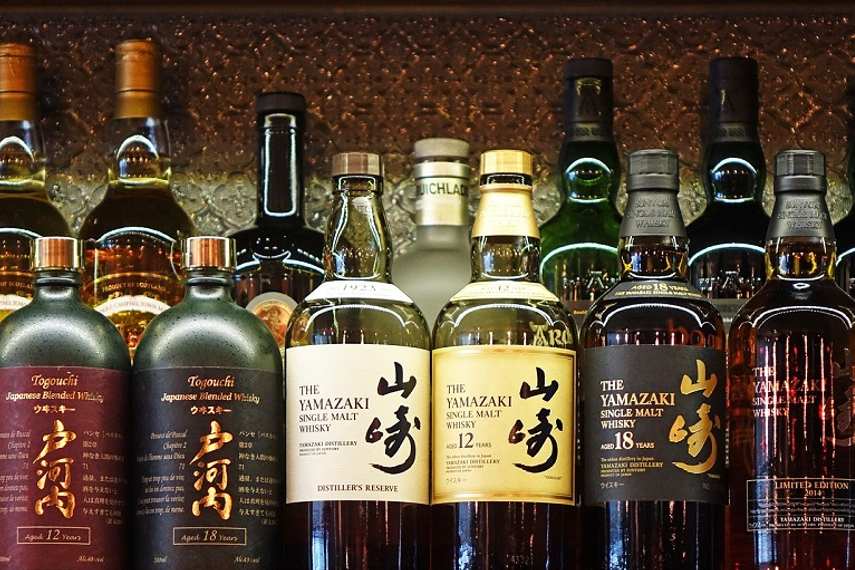
Please sign in or register
Existing users sign in here
Having trouble signing in?
Contact Customer Support at
[email protected]
or call+91 22 69489600
Japan is calling upon the country’s young folks to do their bit for the national economy by consuming more alcohol

Contact Customer Support at
[email protected]
or call+91 22 69489600
Top news, insights and analysis every weekday
Sign up for Campaign Bulletins
Lalatendu Das, CEO, Publicis Media South Asia explains why brand marketers are still figuring out India’s fastest-growing retail channel.
As Movember rounds out to a close, let's decode the evolution of modern masculinity through advertising.
Visualising the energy cost of curiosity, its latest campaign links innocent queries to grid failure in a power-hungry digital economy.
How short-term sales spikes, such as Black Friday, are rewiring consumer behaviour.